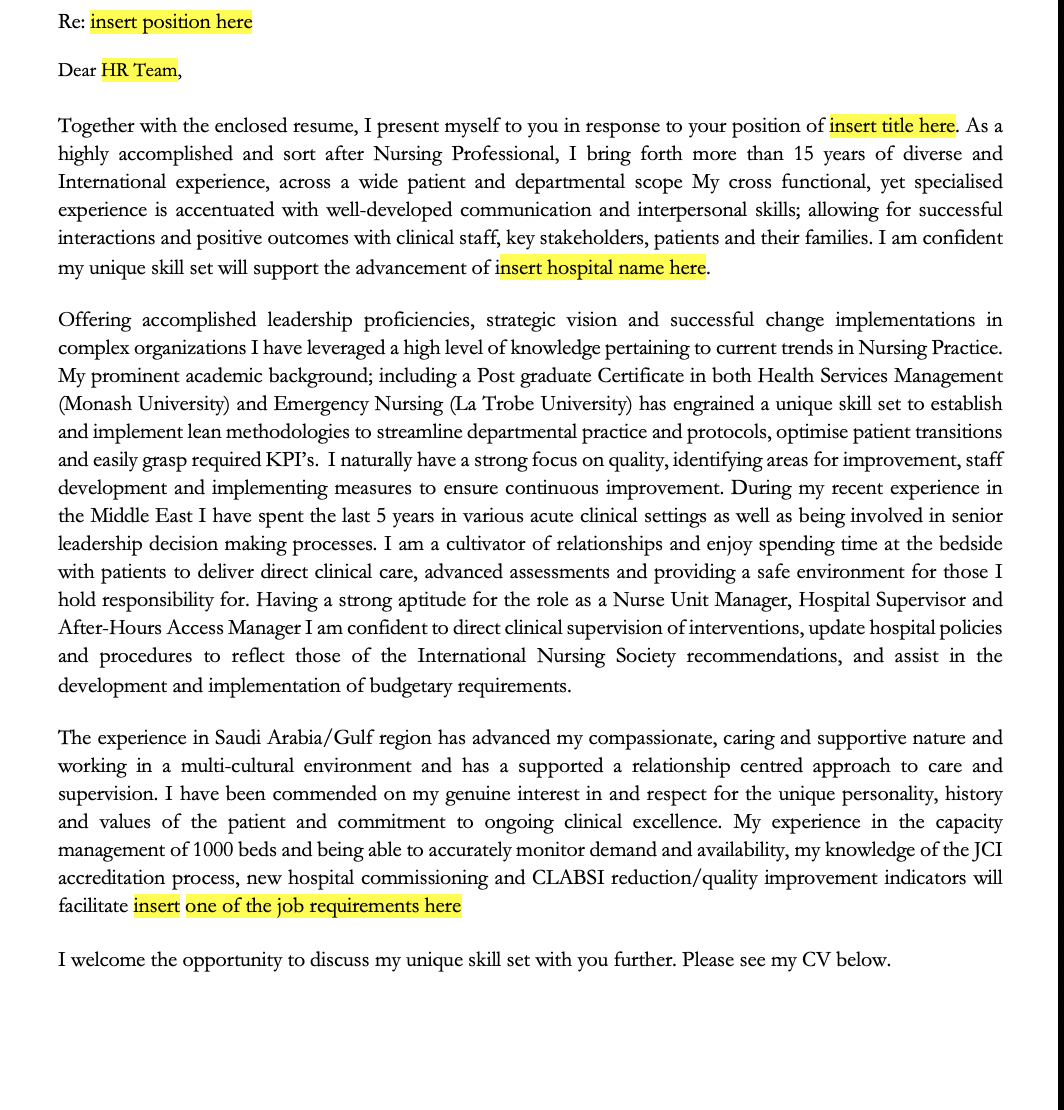They say that the resume and cover letter are going the way of the dinosaurs and that digital portfolios are the way of the future. I agree! Once millennials advance in their careers to occupy the ranks of hiring managers, personal websites, LinkedIn profiles, and overall Internet presences (including social media channels…but you already knew to keep your spring break Instas to yourself — right?) along with the tailored questionnaire that many ATS’s* offers will likely constitute the whole of a job application.
For now, though, it’s important to have your resume and cover letter game on lock. Plenty of great resume templates exist around the web, so let’s talk the bane of every job seeker’s existence: cover letters
Cover Letters
Every job seeker’s nightmare
Let’s get the bad news out of the way first. You CANNOT use the same exact same cover letter to apply for every job. The good news (!!) is that you can create a template that’s easy to replicate and creates the illusion of a super-tailored piece of writing every time. Plus, it can be fun!
Step 1: Figure out to whom you’re writing. When I ask you to figure out your audience, I’m suggesting that you not only take your best guess at the individual who might actually read your cover letter (by browsing the company website and/or LinkedIn for the head of recruitment or potential hiring manager) but also that you get a sense of who your audience is more broadly. You’ll want to adjust your tone to mirror the job description; it can be just as jarring to receive a stuffy, formal letter at a laidback startup as it can to receive a conversational note at a place where etiquette demands a sober tone.
Step 2: Write an opening sentence. So you’ve addressed a specific person and decided how you’re going to communicate. Now, you’ll state the position to which you’re applying and mention how you heard about it. Something like, “I’m writing with enthusiasm regarding the Marketing Associate position at Compass. I found the posting on AngelList and was immediately intrigued,” will do the trick. If you’ve decided to adopt a casual tone, a version like, “I’m reaching out to express my excitement about the Marketing Associate position at Compass. I’d like to think it was fate that brought this opportunity to my attention, but I found the posting on AngelList.”
Step 3: Mention some specifics to show you what this company is all about. The next step is to show that you have the work ethic, savvy, and enthusiasm it takes to write a truly tailored cover letter. This will entail some background research; if you do it right, browsing the website (the About, Team, and Press sections can be particularly useful) for a few minutes is sufficient to sound impressively knowledgeable. You just mentioned in your opening sentence that you’re pumped about the opportunity, so tell the reader why this company is where you want to be.
Here’s an example by ImpressiveCV of a brief, yet effective few sentences to do so:
One way to avoid the potential for your cover letter to become a dry block of text (other than to make it personal and specific) is to break up the formatting. The bulk of the content will be your explanation of your qualifications, so why not keep it clear and powerful by pulling out 3 core competencies of yours that most closely relate to the demands of the role. By keeping it personal and to-the-point, you’ve minimized the risk of the hiring manager merely skimming the letter, but it’s powerful to restate the most powerful parts of your “why me” argument nonetheless. Think of a synonym or word that captures the gist of each of your three competency bullet points. Then, figure out how to summarize the goals of the position. From there, simply put ’em together and tell your reader that your shining qualities will help you hit it out of the park as the newest member of their team.Now end it with an appropriate closing and your name, and — voila! — you’ve written a pretty badass cover letter!!

![Settling the Difference between “Digital Transformation, “Digitalization”, and “Digitization” [SOLVED]](https://images.squarespace-cdn.com/content/v1/5ccc4fc992441b0bec3fb03c/1650602045603-1KXG8C8QP5H65MOWC205/unsplash-image--uHVRvDr7pg.jpg)










